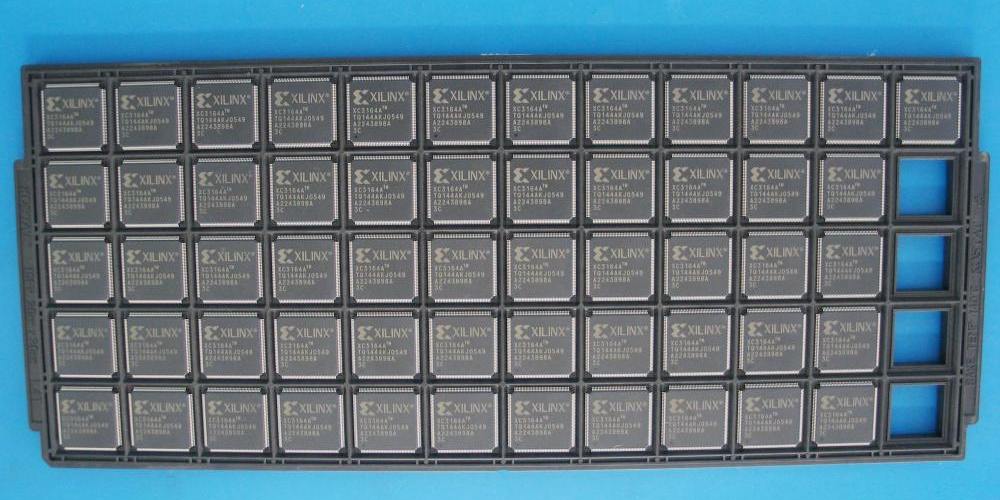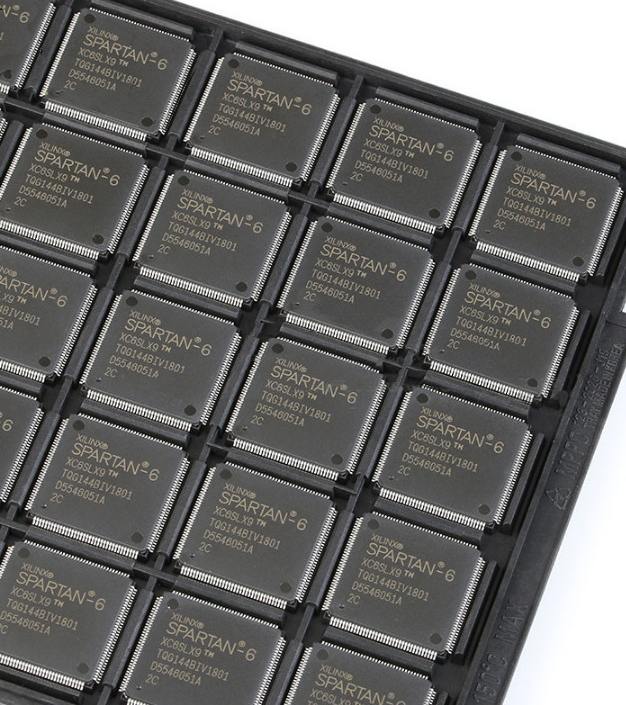A gate array is a type of integrated circuit (IC) that is fabricated by the same processes used to make other ICs, such as microprocessors and memories. However, instead of being packaged in a single chip, a gate array consists of an unpackaged collection of identical chips. Each chip has a grid of metal lines on its surface that can be interconnected to form the desired circuit. Gate arrays are much cheaper to produce than custom ICs because they use generic process technologies and require only final testing and packaging. As a result, gate arrays are used in relatively low-volume applications where the extra cost of a custom IC would be prohibitive.
What is a gate array

Gate arrays are a type of integrated circuit that consists of a predefined arrangement of logic gates, such as AND or OR gates, as well as flip-flops. This makes gate arrays ideal for implementing many types of digital logic with fewer devices than if individual components were used to build the logic gate. Gate arrays therefore provide a cost effective solution when many digital operations need to be implemented in the same device. Gate array technology is also very useful in digital signal processing, since it allows high-speed data transmission with low power consumption. In addition, gate arrays tend to be easily updated and scalable, meaning that they can be adapted to changing needs and new technologies. Overall, gate arrays provide an efficient and reliable way to create complex devices without having to dedicate large amounts of resources or production time.
How does a gate array work
Gate arrays are a type of integrated circuit that possesses combinational functions using building blocks called logic gates. These gate arrays create a dedicated circuit for each function, with each gate connected multiple times to other gates. Essentially, gate arrays offer prefabricated building blocks that are designed to be electrically interconnected to produce the desired user-defined logic gate network. By forming layers of metal interconnects between gate array components, gate array technology is capable of producing complex gate connections quickly and efficiently while being cost effective. This makes gate arrays an attractive choice for consumer electronics and communication equipment manufacturers who need fast results and quick turnaround.
The benefits of using a gate array

Gate arrays provide the ultimate flexibility when it comes to electronic circuit design. With gate arrays, a designer can construct complex gate structures and connection elements customized for specific applications by interconnecting various gate structures. They also use way less components than other types of gate architecture. Moreover, gate arrays offer increased system performance and faster switching speeds, making them an ideal choice for high-speed systems. Not only are gate arrays highly efficient and cost friendly, but they also offer a range of time saving benefits as well, making them invaluable to circuit designers who need to quickly create effective solutions.
The disadvantages of using a gate array
Gate arrays are an integral component in electronics and computer engineering, but there can be some difficulties that arise from their use. Chief among them is the gate array’s very limited reprogrammable capabilities. While gate arrays are excellent for making single-function circuits, they are not suitable for complex or multiple tasks. Additionally, gate arrays also require a certain amount of expertise to properly develop and program them, which can lead to delays if the right staff isn’t available when needed. Finally, gate arrays tend to be more expensive than other types of components due to the specialized knowledge required in using them. Although gate arrays offer many advantages, there are some tangible disadvantages that need to be taken into account before relying on them exclusively.
When should you use a gate array

A gate array is a powerful tool in the digital world, allowing designers and engineers to greatly reduce their costs in creating new pieces of hardware. It is most useful when designing an integrated circuit (IC) which has a repetitive structure, meaning it will consist of many similar elements such as transistors or resistors. By using gate arrays with predetermined patterns of switches, developers are able to reduce the time needed to create an IC without sacrificing performance. In some cases gate arrays can optimize chip design because they give developers more flexibility in how they construct their circuits. This makes gate arrays ideal for situations where there is a need for fast development times but still high performance levels.
In conclusion, a gate array is a type of chip that contains logic gates. Gate arrays have pre-wired connections between the logic gates, which makes them faster and cheaper to produce than other types of chips. Gate arrays have some advantages and disadvantages that you should consider before using them in your project. Overall, gate arrays can be a great choice for projects that require fast production time and low cost.
